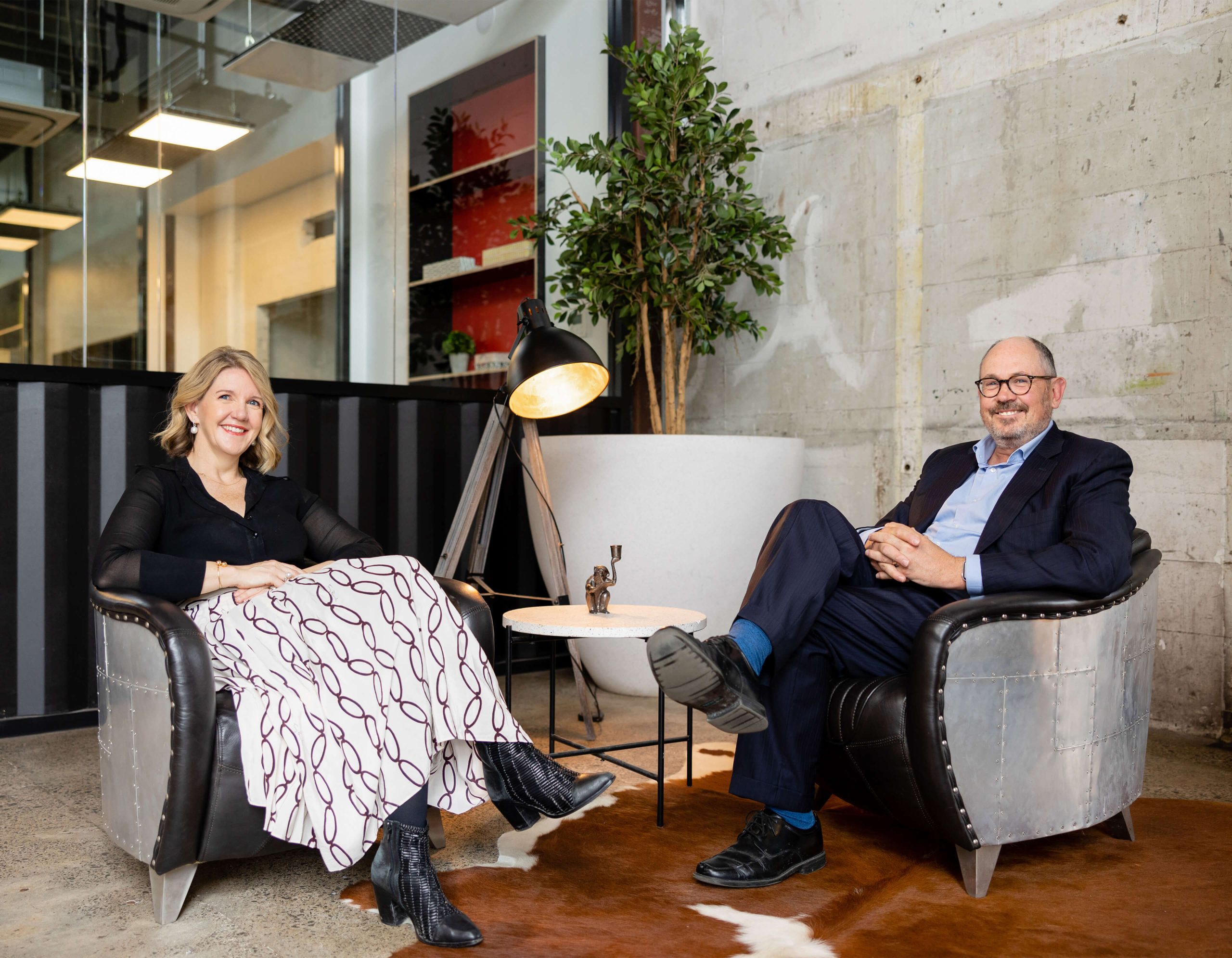Establish an offshore wind energy industry in the Bass Strait to meet Australia’s future energy needs.
Vision
BOWE will be a transformational renewable energy project that will help accelerate Australia’s change to a green and clean energy supply.
The benefits of BOWE
Long term employment opportunities in Tasmania during construction, operations & maintenance.
Detailed environmental research and positive industry partnerships.
Contribute to the energy security of Tasmania and support Tasmanian industry investment.


About
The Bass Offshore Wind Energy project (BOWE) seeks to be a transformational renewable energy project that will help accelerate Australia’s change to a green and clean energy supply. The project will design, construct and operate a large-scale wind farm in Commonwealth waters 30 kilometres off the coast of north-eastern Tasmania, in the Bass Strait, taking advantage of Tasmania’s world-class offshore wind resources. BOWE will redefine what it means to give back, with between 70 and 100 offshore wind turbines generating up to 1,500 megawatts of renewable energy, producing power equivalent to powering 325k homes – and saving 2 million tonnes of CO2 annually. The project will support Australia’s transition to a zero-carbon economy, and will confirm Tasmania’s status as a global renewable energy powerhouse, while also supporting the Tasmanian Government’s global leading target of 200% renewable energy. BOWE. Change is in the air.
Read more
Community
We are genuinely committed to consulting and working with local communities and addressing any valid concerns that may be raised throughout planning and construction. We also recognise the importance of community engagement on the BOWE project, as it will provide opportunities for two-way engagement between our project team, the community and other interested parties if we are successful in securing a Feasibility Licence.
The first round of engagement for the BOWE project will be launched once the Commonwealth Government have declared the Northern Tasmanian Offshore Wind Zone.
In addition, should you wish to receive regular updates on the BOWE project, including invitations to our community engagement sessions, or simply wish to ask a question, we encourage you to get in touch via our Contact Us page.
Read moreWe acknowledge the Traditional Owners and Custodians of the lands and waterways where BOWE seeks to engage and develop. We recognise the ongoing connection to culture and country and pay our respects to elders past and present. Active and meaningful relationships through engagement and participation is important and we look forward to developing these connections as the project progresses.
